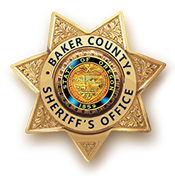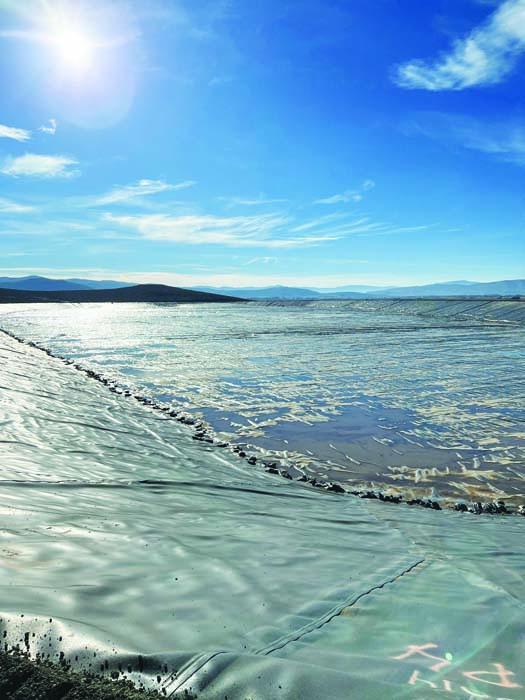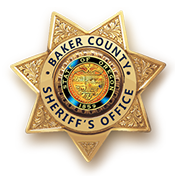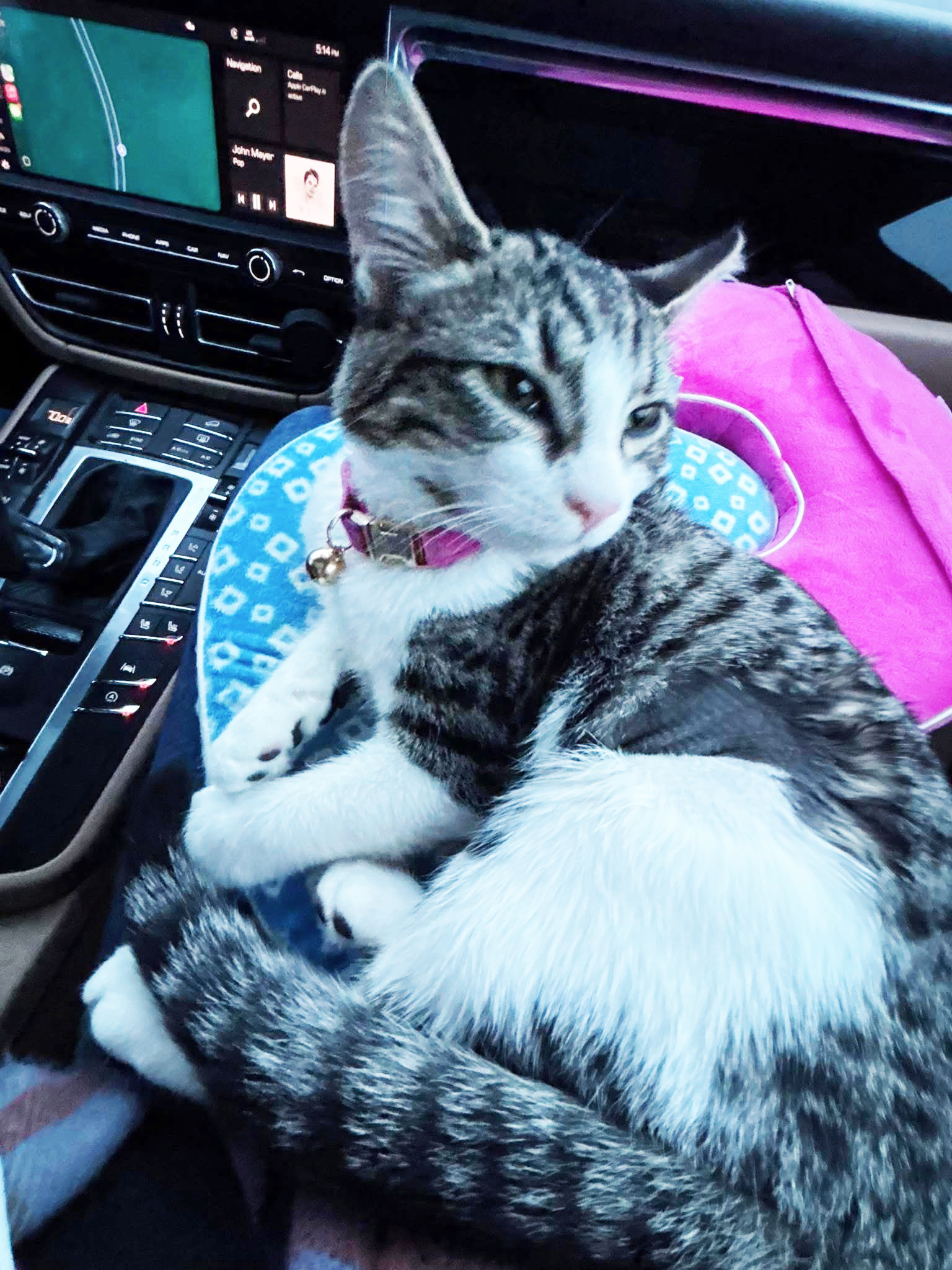Pioneer quilts wove history, hearts, expert says
Published 12:00 am Tuesday, June 12, 2007

- Portland's Mary Bywater Cross hopes the "Tree of Life" quilt ends up back in Baker City someday. (Baker City Herald/Mike Ferguson).
By MIKE FERGUSON
One of Mary Bywater Cross’ favorite Oregon Trail-era quilts hung for years at the old Wingville Methodist Episcopal Church South.
The andquot;Tree of Lifeandquot; pattern created at least 111 years ago features 142 triangles, 56 of which are inscribed with the names of pioneer family whose descendants still populate Baker Valley, including Loennig, Chandler, Isom and Perkins.
A Portland friend of Cross owns the quilt now, but both women hope it will one day end up back in Baker County. The quilt was made either by or in honor of Marinda Smith Michael, the wife of the Rev. Elijah Michael, who served 32 years in ministry.
The quilt, which Cross displayed during a talk last week at the Baker County Library, was quilted as a church fundraiser.
How does Cross, an author and quilt historian, know all that history?
Four letters sewn into the quilt present the strongest evidence: WPHM, for andquot;Women’s Parish Home Mission,andquot; a way that Methodist women raised money for social projects important to 19th century churches.
The handsome, stylized quilt served the Wingville church for years as a andquot;banner that drew people together for worship,andquot; Cross says. Its centerpiece is the Tree of Life that grew in the Garden of Eden and is referenced in the second chapter of Genesis.
It also represented what Cross calls the andquot;shared valuesandquot; of many people who left Southern states during and after the Civil War and settled in Eastern Oregon. While many names here reflect a Union perspective Grant, Baker and Union counties many people who settled the area came from Southern frontier states, especially Missouri.
In fact, Cross says, to some people the region was known as the andquot;left wing of the Confederate Army.andquot;
Cross, author of a book that’s just been reissued called andquot;Treasures of the Trunk: Quilts of the Oregon Trail,andquot; says one of her greatest joys as a historian is andquot;helping people to discover the maker’s history through unraveling the clues often stitched into the quilt’s construction. These clues, whether in the piecing or the quilting, often reveal the time and place the makers lived and the social, economic, and environmental factors affecting their lives.andquot;
Cross, who visited Baker City as part of a Libraries of Eastern Oregon focus on folk art, has delivered lectures everywhere from the Smithsonian Museum of American History to church basements in rural Oregon.
She enjoys studying 19th century quilts because the women traversing the Oregon Trail had more time than their mothers and grandmothers to devote to quilting. All of their quilts three of which Cross explained during her Baker City talk have at least one of four purposes:
o To mark important events and passages.
o To celebrate their accomplishments.
o To communicate messages regarding family rituals.
o To promote valued roles within family and society.
Quilts are considered folk art, she says, because the craft is passed along from mother to daughter using traditional needle skills.
andquot;Pioneer quilts reveal life themes, like love of nature, coping with tragedy, caregiving and communicating with others,andquot; Cross says. andquot;And they were very useful. People used them for warmth, to mark membership in a community even as a burial shroud.andquot;
To Cross, quilts andquot;say something about (the maker’s) life in the community. Quilts celebrate people’s uniqueness, their time and place in society.andquot;
Cross studies a number of properties to help her place a quilt in a particular community and time. Not only does she study the physical properties size, fabrics, batting and level of needlework but she looks for smaller clues, like the quilt’s aesthetic qualities, including the arrangement of design elements, the construction style (whether it’s whole, pieced or appliqud) and any unusual features.
Once her examination is complete, she can tell what the quilt was intended to do, the economic circumstances of the maker’s family, some of the aesthetics of her community, and her social and cultural activities.
Of course, some quilts served quite another purpose. Pioneer women coming across the Oregon Trail sometimes parted with their quilts for five dollars, the toll charged along sine Oregon Trail toll roads, including the Barlow Road.
But those women who kept their quilts gave Cross and other historians a broad look into their everyday lives.
andquot;These women left behind a cloth record,andquot; Cross says. andquot;They’ve managed to preserve the memory of their domestic life.andquot;





